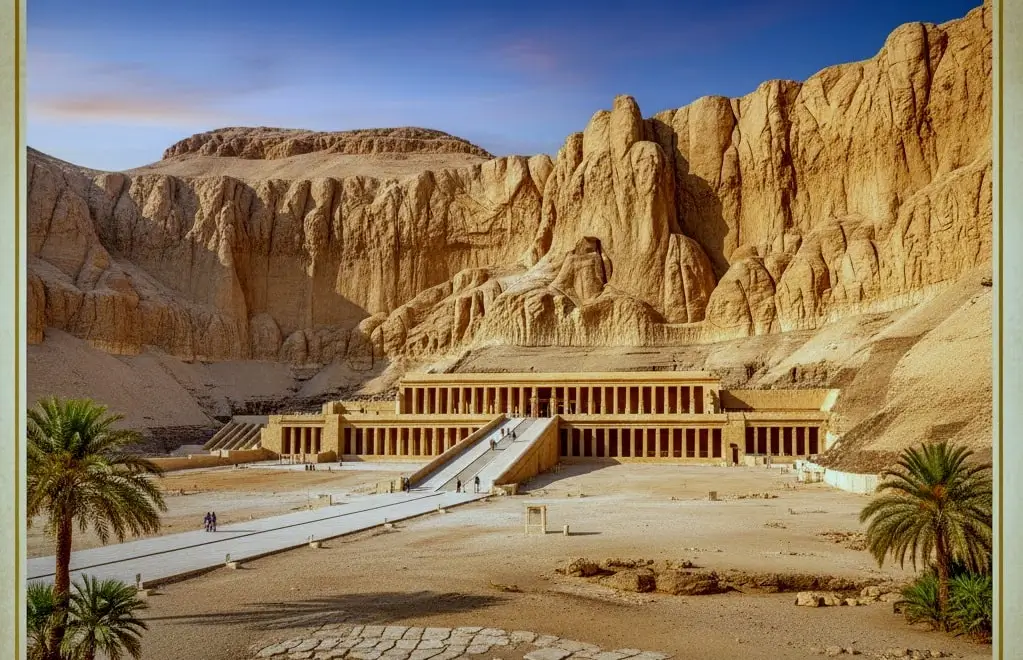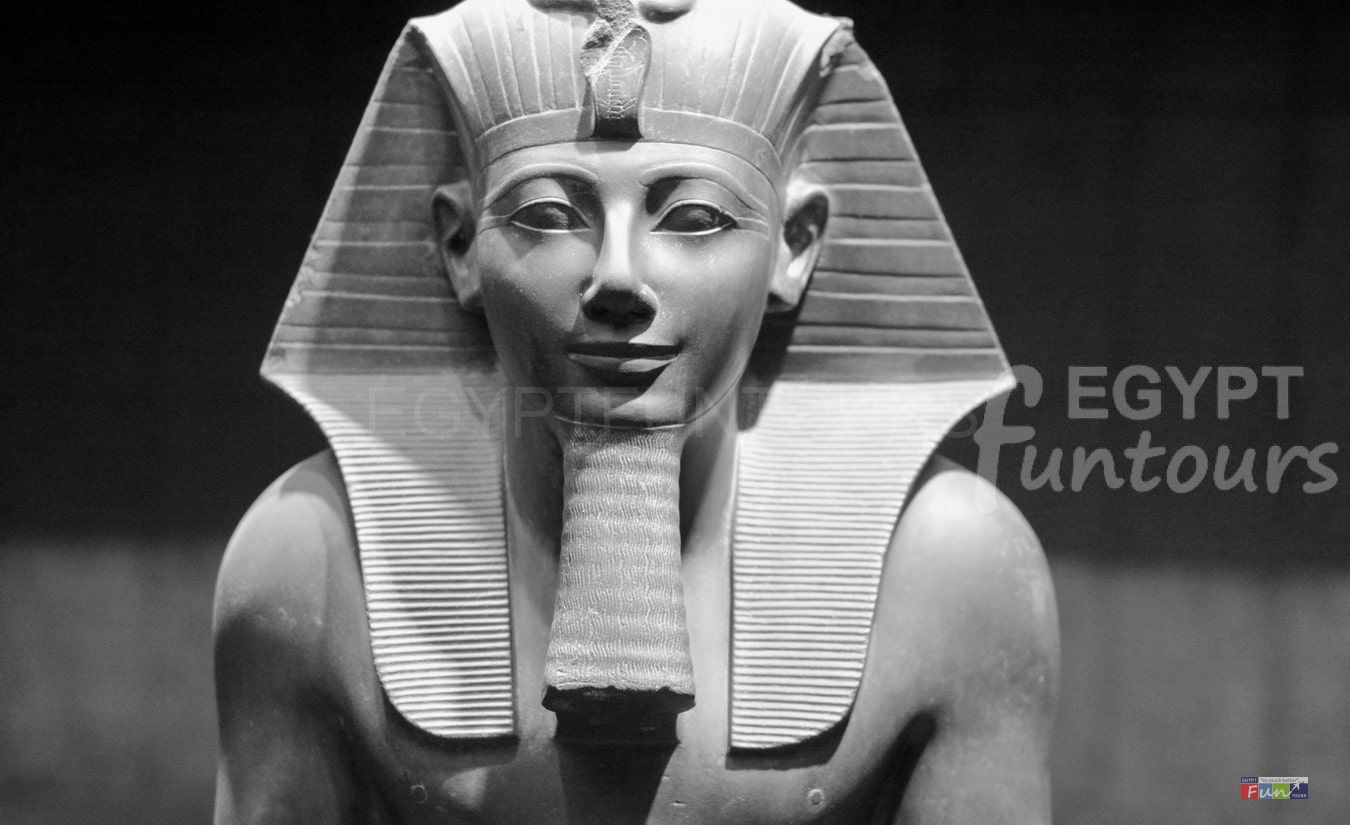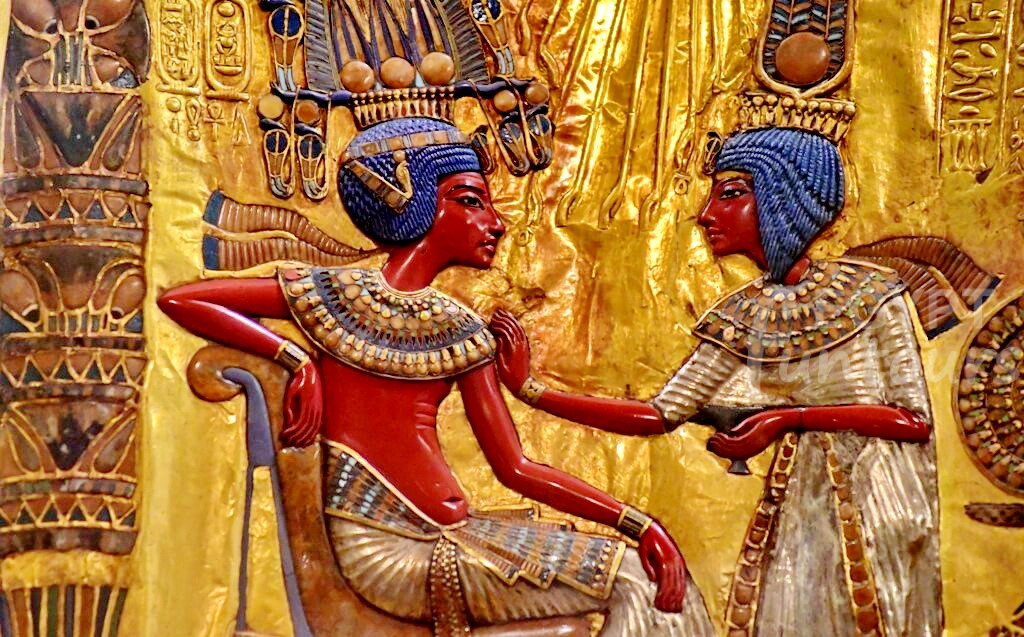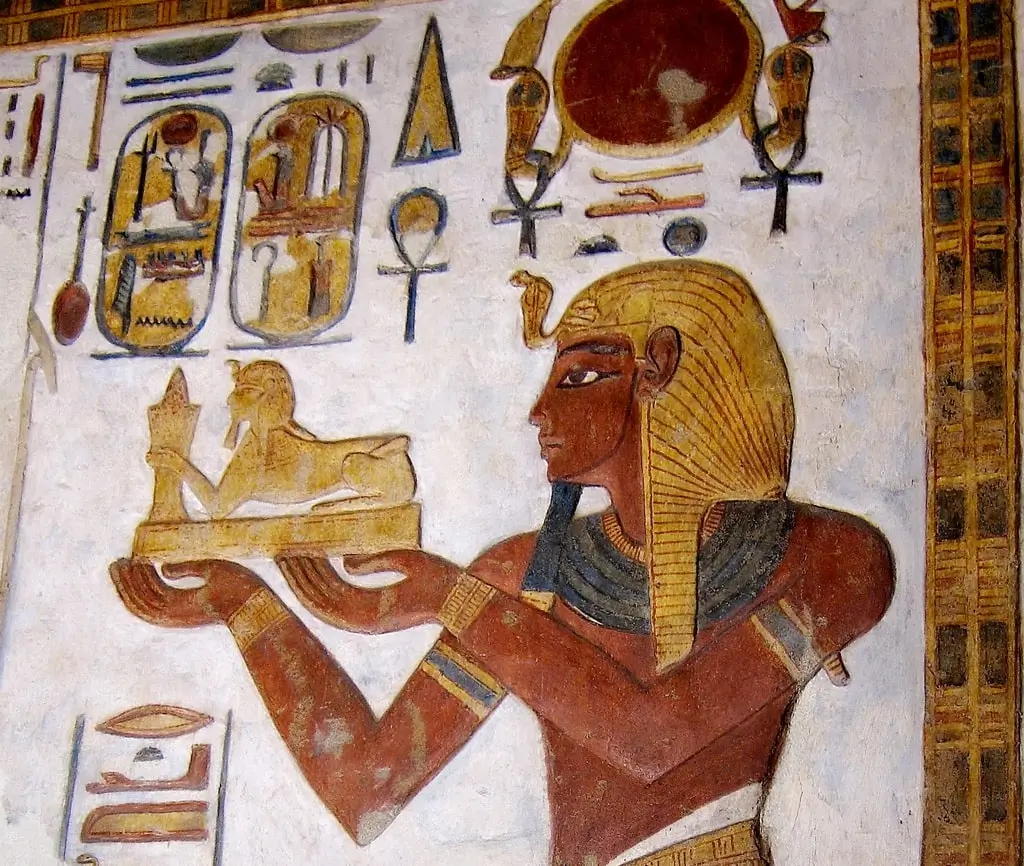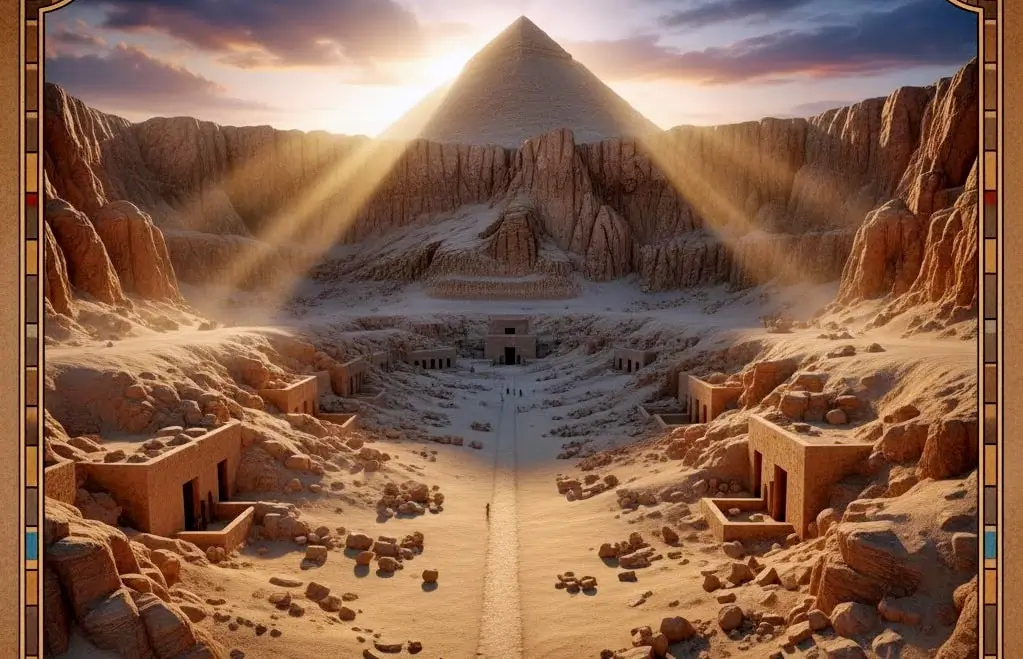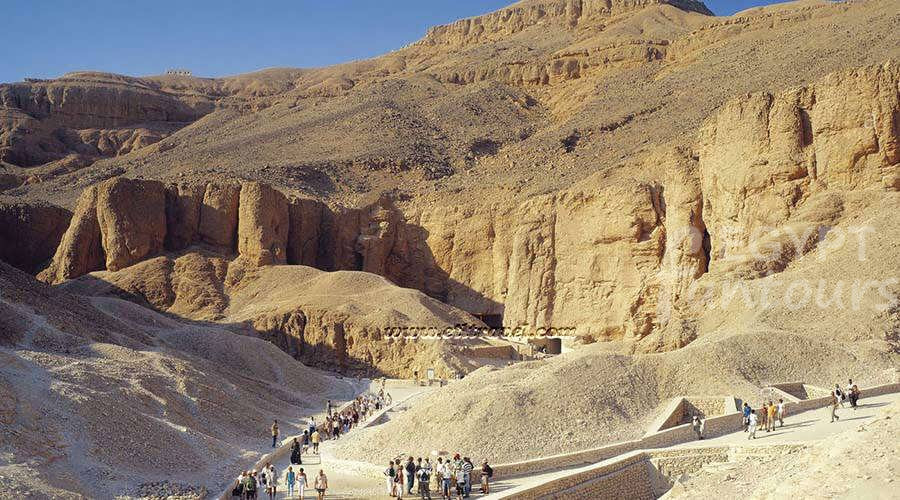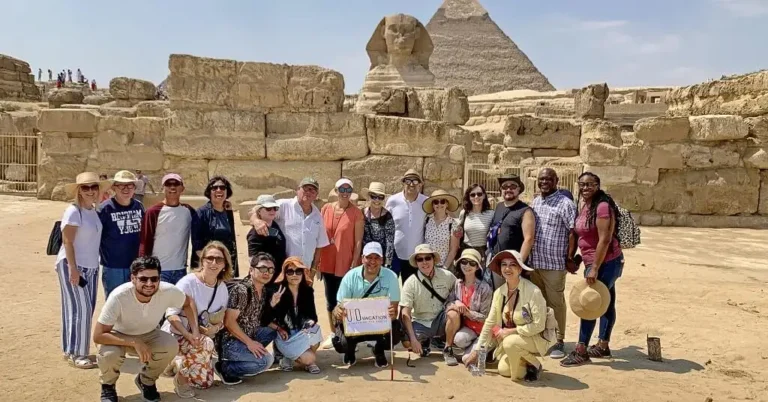The Age of Warrior Pharaohs and Gold
When we think of ancient Egypt—the massive temples, the hidden tombs filled with gold, and the mighty warrior kings—we are thinking of one specific era: the New Kingdom of Egypt.
Lasting from approximately 1550 to 1069 BCE, this period represents the absolute zenith of Egyptian power and culture. It rose from the ashes of foreign occupation to become the world’s first true superpower. During these five centuries, Egypt expanded its borders deep into Nubia and the Near East, amassed unimaginable wealth, and built monuments that still define the landscape today.
This guide tracks the spectacular rise and eventual fall of the New Kingdom of Egypt. We will explore the reigns of its celebrity pharaohs—from the female king Hatshepsut to the conqueror Thutmose III, the heretic Akhenaten, and the legendary Ramesses the Great.
Key Takeaways
- The Empire: The New Kingdom of Egypt expanded its borders from Syria to Sudan, becoming a wealthy, international superpower.
- The Capital: The religious and political center moved south to Thebes (modern Luxor), the home of the god Amun.
- The Tombs: Pharaohs abandoned visible pyramids in favor of hidden rock-cut tombs in the Valley of the Kings.
- The Stars: This era produced history’s most famous rulers: Hatshepsut, Thutmose III, Akhenaten, Tutankhamun, and Ramesses II.

